In the pantheon of all-time tennis hunks, Rafael Nadal sits at the apex. The hunkiest ever to do it. In his prime, which remarkably lasted close to two decades, he seemed to conceal within the archetypal Mediterranean love god physique a kind of tennis supercomputer, capable almost always of finding impossible-seeming angles from which to smash winners. Adonis with a magic racket, in other words. He was thrilling to watch.
This status, hunkmeister-in-chief, was apparently not lost on the Spaniard. In 2018, he shut down a journalist’s whining about the gender pay gap in tennis with the same disdain he might block an attempted winner at the net. “Female models earn more than male models, and nobody says anything. Why? Because they have a larger following. In tennis, too, who gathers the larger audience earns more.” Quite. It was about the only controversial thing he ever said publicly.
That Nadal, who turned thirty-eight this year, has announced his imminent retirement is news that will understandably be taken very hard, not just by tennis’ legions of middle-aged female fans, ultra-like in their devotion — for some reason, I picture them kneading dough on a suburban kitchen counter as they watch his televised exertions, mouths agape — but also by all of us who, over the years, have admired the manner in which he has conducted himself: an unyielding champion on court and an unassuming gentleman off it.
Yes, there have been longstanding suspicions about the astonishing physique and its ability, despite the improbable musculature, to again and again prevail over unbearably arduous-seeming five-set marathons, and even to carry him to a final Grand Slam title at the ripe old age of thirty-six (for comparison, Andre Agassi won his last Grand Slam at thirty-two, Pete Sampras at thirty-one and Jimmy Connors at thirty-one). But despite the speculation, none of it has ever been proved to be anything more than baseless conjecture.
Indeed, in 2017 Nadal successfully sued French sports minister Roselyne Bachelot over a false doping allegation. Nadal was awarded €12,000. He donated the sum to charity. The payout was small beer compared to the $135 million he pocketed over the course of his career in prize money alone.
A friend of mine has only ever watched one live tennis match, the result of a corporate hospitality seat going begging for the 2008 Wimbledon final. He was first to respond to a last-minute invitation. After seeing Nadal eventually prevail over Roger Federer in a match now widely acknowledged as the greatest in the sport’s history, he smugly claims to have “completed tennis.” He reckoned, as he watched Nadal lying on his back on Centre Court and screaming ecstatically into the gathering summer gloaming, he’d witnessed the very best the sport has to offer. It’s hard to argue he’s wrong.
Do we all die a little when sport stars retire? One minute we’re noticing their emergence — Wayne Rooney, say, smashing in a wonder-goal off the crossbar for Everton over Arsenal’s vaunted defense, or Usain Bolt destroying world records for fun at the Beijing Olympics — the next it’s all over. Certainly, these thrilling mini careers that fizzle out like shooting stars make us feel old.
But the retirement of the tennis greats, whose presence year after year, decade after decade, at the four annual Grand Slams — events that themselves are kinds of metronomic devices against which we can measure progress or its lack in our own lives — leaves a gaping void. Nadal has been seeming to curl first his bicep and then his entire being around tennis balls, all the better to impart prodigious quantities of topspin onto them, pretty much my entire adult life. What are we meant to do now, Rafa? We will miss — terribly! — you obsessively aligning your water bottles between games and picking your jockstrap out of your buttocks before serves. We’ll also, naturally, miss the do-or-die manner in which you played the game.
Nadal’s announcement of his retirement, like Federer’s, was made in a sentimental short film released over social media, purpose-designed to break the news softly. Don’t cry because it’s over, smile because it happened, seemed to be the theme. Perhaps, also like Federer, he will soon release a streamable documentary about the reaction to the announcement. Whatever, he’s trying to let us down gently, and for that many thanks.
The longevity of modern tennis’ greatest luminaries seems to me undeniably weird, particularly when you consider the physical demands of the sport and the relative youth of most of their opponents, but that is a subject for another day. Now is the time to salute the astonishing achievement of a winner of twenty-two Grand Slams — the most behind Novak Djokovic in the men’s game — and a man who, crucially, never let his mega hunk status define him.
Bravo, Rafa. Vamos!
This article was originally published on The Spectator’s UK website.



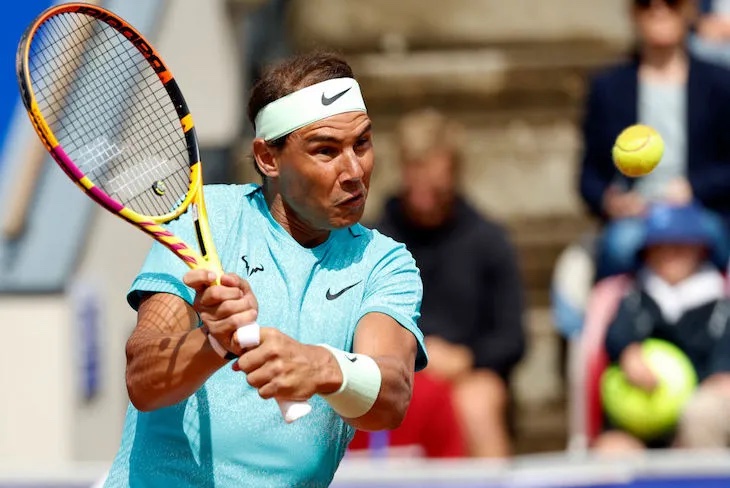









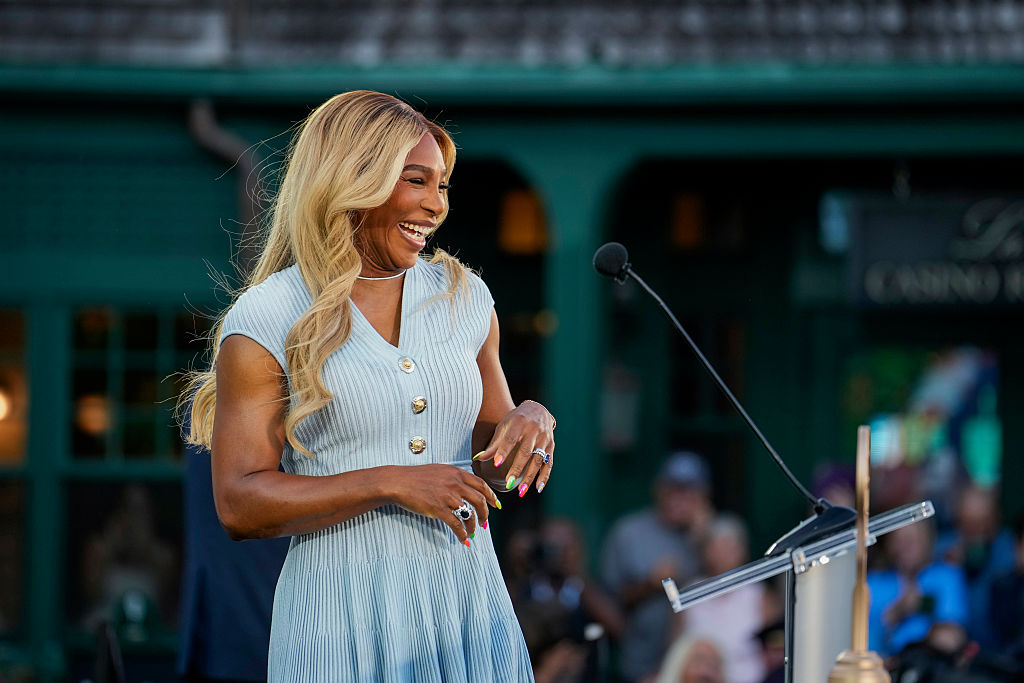
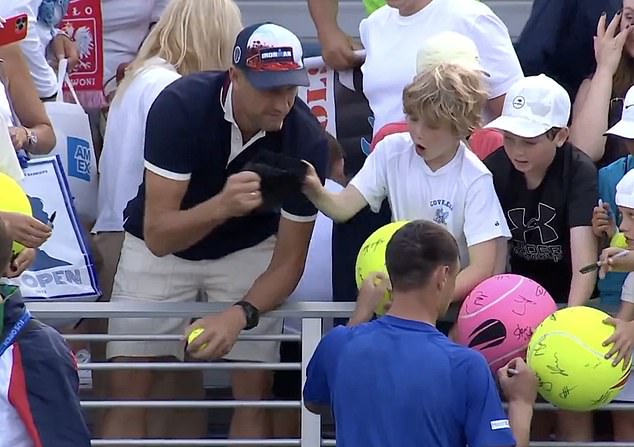
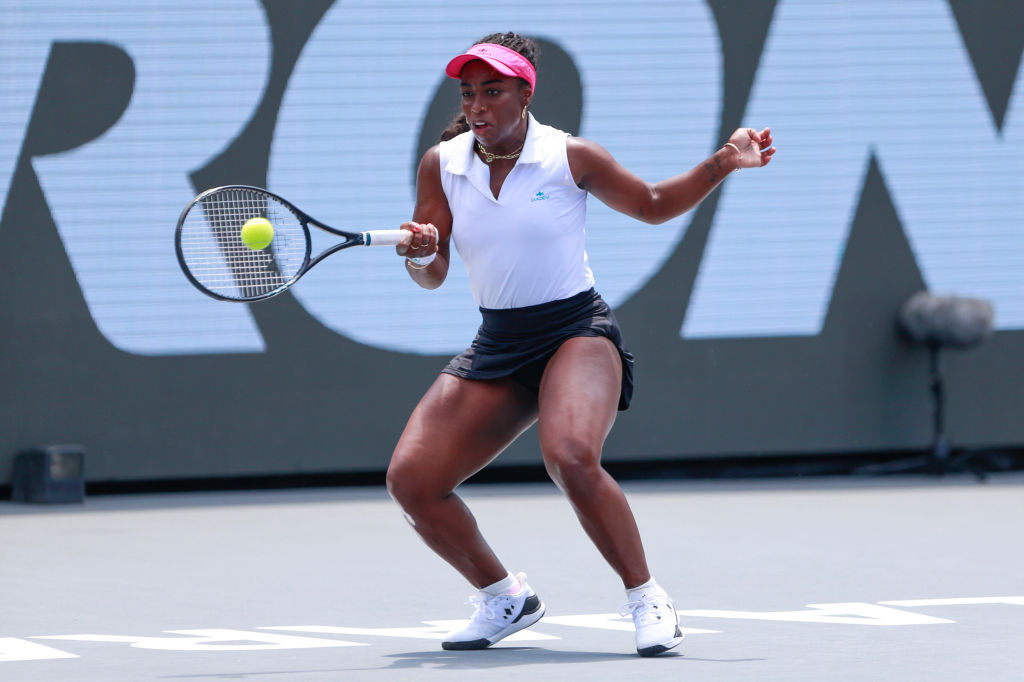
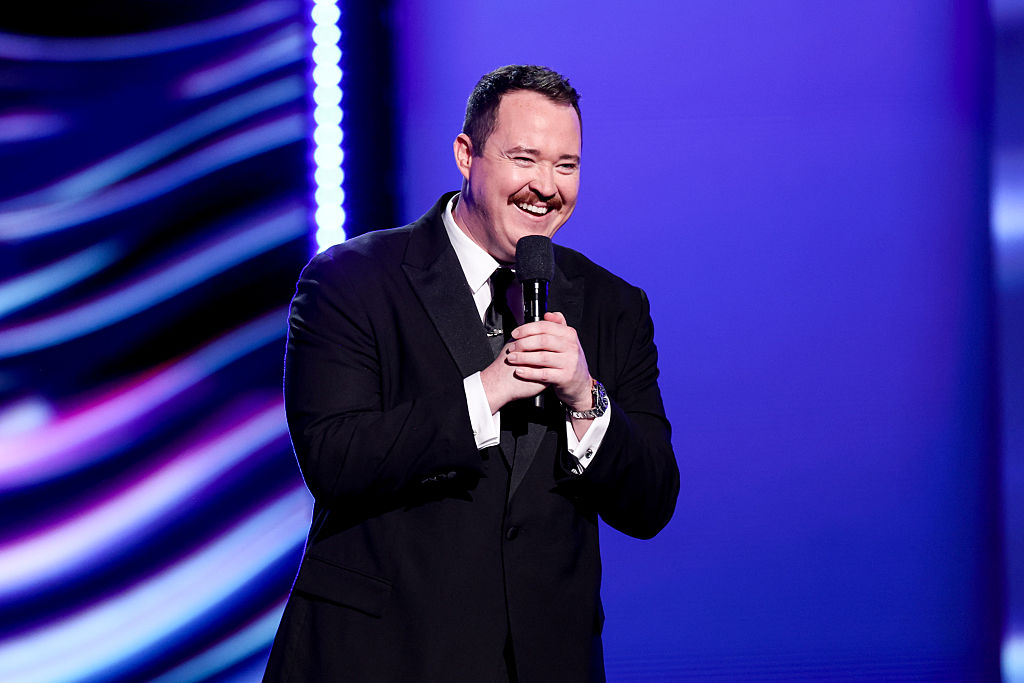
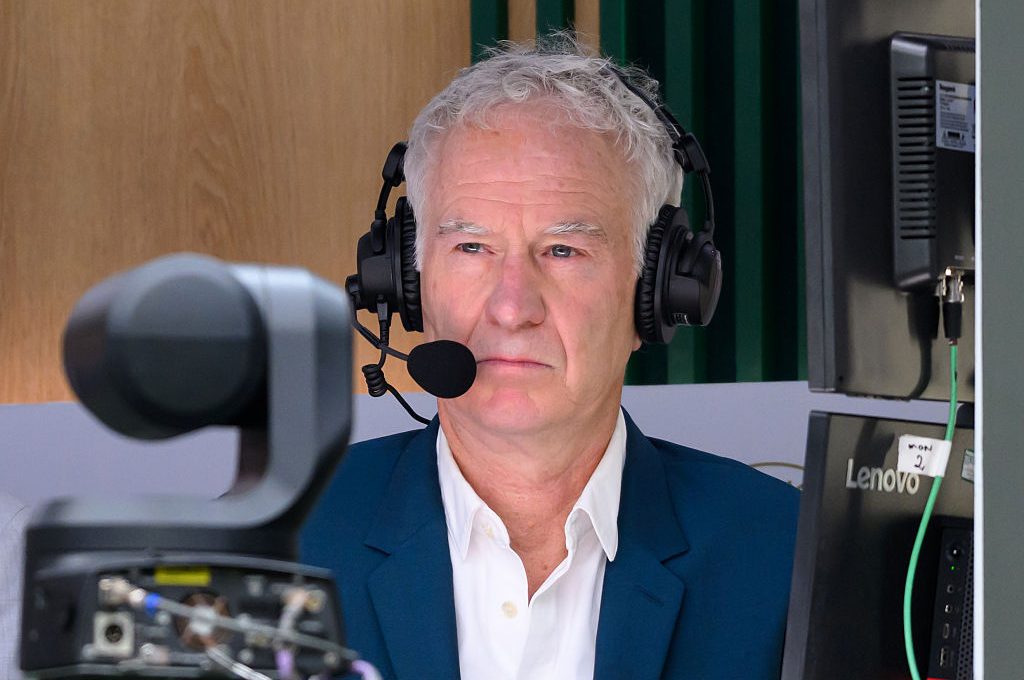
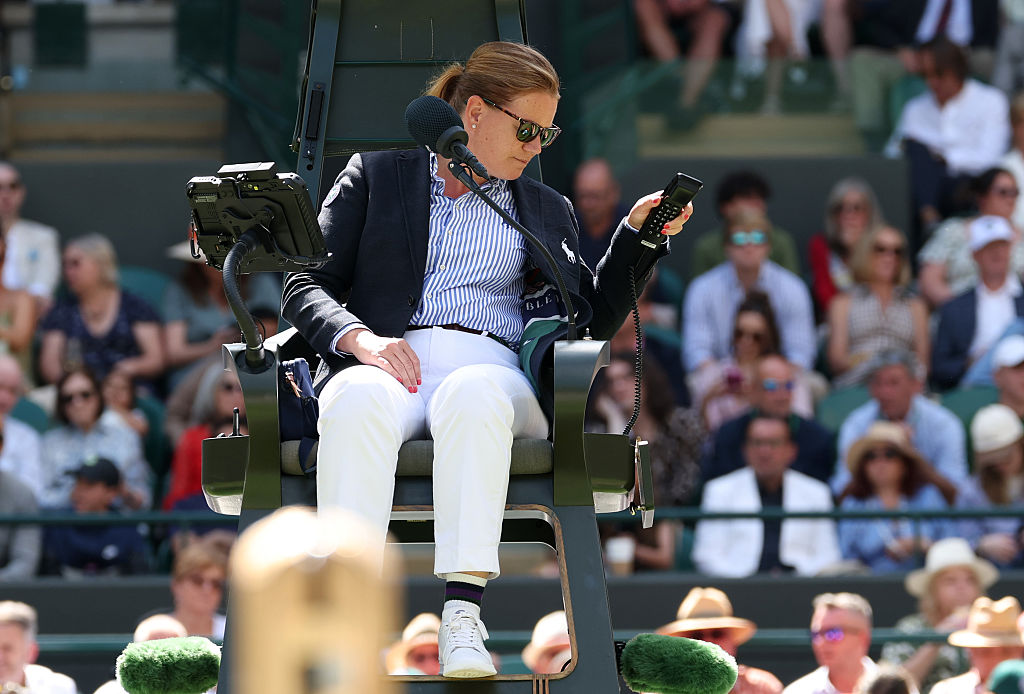







Leave a Reply